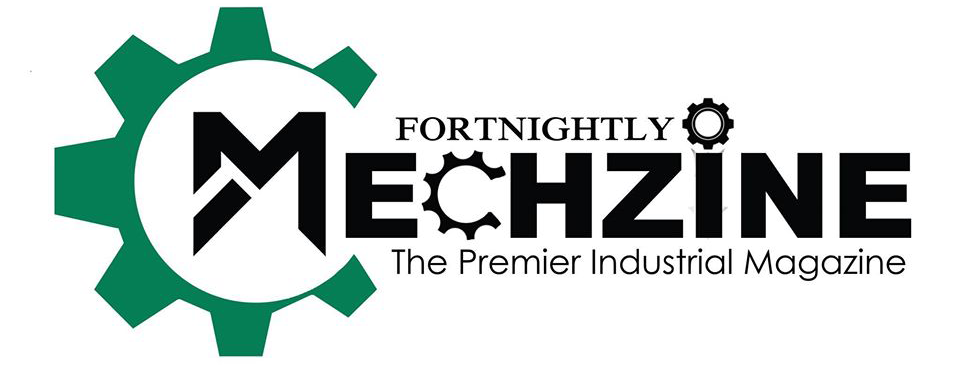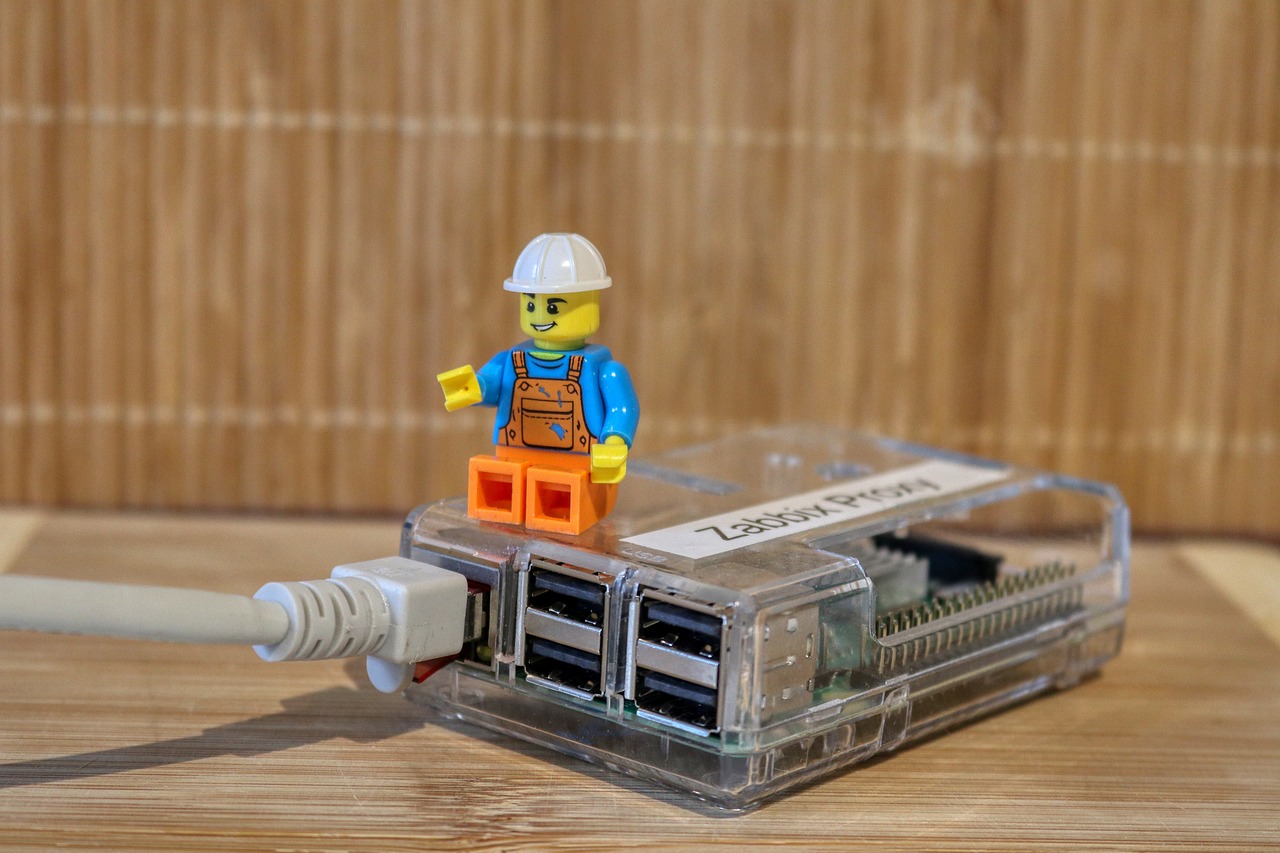The Internet of Things (IoT) is not just a buzzword; it’s a transformative force reshaping industries across the globe. Mechanical engineering is one area where this evolution is particularly impactful. By connecting machines through the internet, IoT is changing how engineers design, manufacture, and maintain mechanical systems. In this blog post, we’ll explore what IoT is, how it’s integrated into mechanical engineering, the benefits it offers, the challenges it presents, and what the future holds.
What is IoT?
At its core, the Internet of Things refers to a network of physical devices that communicate with each other over the internet. Imagine your home, where your thermostat talks to your heating system, and your smart fridge can notify you when you’re low on groceries. In a more industrial context, IoT devices are equipped with sensors and software that allow them to collect and exchange data. In mechanical engineering, these connected machines enhance traditional systems, enabling smarter operations and data-driven decision-making.
The Role of IoT in Mechanical Engineering
Connected Machines
Think of connected machines as the backbone of IoT in mechanical engineering. These devices continuously share data about their performance and operational status. For example, a manufacturing robot can report how efficiently it’s working, alerting engineers if it starts to lag behind. This real-time communication allows for immediate intervention when something goes awry, ultimately leading to smoother operations.
Data Collection and Analysis
One of the most exciting aspects of IoT is the sheer volume of data it generates. This data can be analyzed to glean insights into machine performance, energy consumption, and operational efficiency. With advanced analytics tools, engineers can sift through this information to identify patterns and make informed decisions. For instance, if a particular machine consistently shows signs of wear at a specific interval, engineers can adjust maintenance schedules to preemptively address potential failures.
Predictive Maintenance
Imagine knowing that your car is about to break down before it happens. That’s the essence of predictive maintenance in IoT. By continuously analyzing data from connected machines, engineers can predict when a machine is likely to fail and perform maintenance before a breakdown occurs. This proactive approach not only minimizes downtime but also reduces repair costs and extends the lifespan of equipment.
Automation and Control
IoT empowers automation in mechanical systems by enabling machines to communicate and collaborate. For example, if one machine finishes its task, it can signal another machine to begin, streamlining the production process. This level of automation reduces the need for human intervention, allowing workers to focus on higher-value tasks and improving overall safety on the factory floor.
Supply Chain Optimization
Connected machines provide real-time data that enhances supply chain management. By monitoring production processes, inventory levels, and delivery schedules, companies can react quickly to changes. For example, if a machine in a factory experiences a delay, the system can automatically adjust inventory orders to ensure that production continues without interruption.
Benefits of IoT in Mechanical Engineering
Increased Efficiency
With IoT, engineers can monitor machine performance in real time, leading to more efficient operations. Imagine a factory where every machine is connected and sharing data—this synergy allows for adjustments to be made on the fly, maximizing productivity and reducing waste.
Cost Savings
Predictive maintenance and optimized operations lead to significant cost savings. By catching issues before they escalate, companies can avoid expensive repairs and unplanned downtime. This proactive approach helps bottom lines while also improving resource allocation.
Enhanced Safety
Safety is paramount in any industrial setting, and IoT technologies can make a big difference. By monitoring machine health and performance, companies can identify potential hazards before they become critical issues. For instance, if a machine is overheating, the system can automatically alert operators, reducing the risk of accidents.
Improved Quality
IoT enables engineers to monitor and control manufacturing processes more effectively, which enhances product quality. With real-time data at their fingertips, engineers can make immediate adjustments to maintain quality standards, ensuring that every product meets customer expectations.
Innovation and Competitiveness
Companies that embrace IoT technologies are positioned to innovate faster and adapt to changing market conditions. In an era where consumer demands evolve rapidly, having the flexibility to pivot and improve processes can be a significant competitive advantage.
Challenges of Implementing IoT in Mechanical Engineering
Data Security
With great connectivity comes great responsibility. As more machines become connected, the risk of data breaches increases. Protecting sensitive information and machine data is crucial, requiring robust cybersecurity measures and protocols to ensure that systems remain secure.
Integration
Integrating IoT solutions with existing systems can be complex. Many companies have legacy systems in place, and updating these to work seamlessly with new IoT technologies can be a significant undertaking. This process may require considerable investment in both time and resources.
Interoperability
Not all IoT devices and platforms communicate seamlessly. Different manufacturers may have different protocols and standards, leading to compatibility issues. Finding a way to ensure that all devices can work together effectively is an ongoing challenge in the IoT landscape.
Skills Gap
The implementation of IoT technologies necessitates a workforce skilled in data analytics, programming, and IoT systems. Upskilling existing employees or hiring new talent can be challenging for some organizations, particularly in a competitive job market.
Future Prospects of IoT in Mechanical Engineering
The future of IoT in mechanical engineering is exciting and full of potential. Here are some trends we can expect to see:
Smart Factories
The concept of smart factories will become increasingly prevalent. In these environments, machines, systems, and humans will work in harmony, optimized for maximum efficiency and productivity. Imagine a factory where everything from inventory management to production schedules is automated and seamlessly integrated.
Advanced AI Integration
As artificial intelligence continues to evolve, its integration with IoT will enhance data analysis capabilities. This means even more accurate predictive maintenance and smarter decision-making processes, ultimately leading to better outcomes for businesses.
Sustainability
IoT technologies can help companies monitor energy consumption and reduce waste, supporting sustainability initiatives. As consumers and regulators alike demand more environmentally friendly practices, companies that leverage IoT for sustainability will be better positioned for success.
Remote Monitoring and Control
The ability to monitor and control machines remotely will become more sophisticated. This will provide engineers with greater flexibility and responsiveness, allowing them to address issues from anywhere in the world.
Conclusion
Integrating IoT into mechanical engineering is more than just a trend; it’s a fundamental shift that’s reshaping the industry. The advent of connected machines is enhancing efficiency, reducing costs, and improving safety. While challenges exist, the benefits are substantial, paving the way for a more innovative and competitive future. As IoT technology continues to evolve, embracing this change will be essential for companies looking to thrive in an increasingly connected world. In the grand scheme of things, the journey toward smarter, more efficient mechanical engineering practices is just beginning, and it promises to be an exciting ride.

